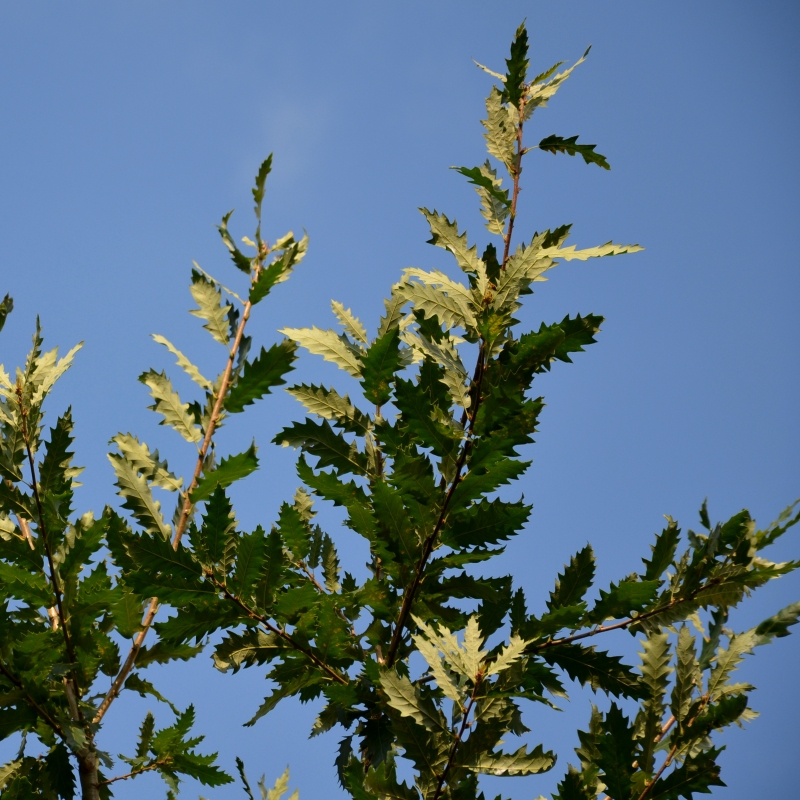
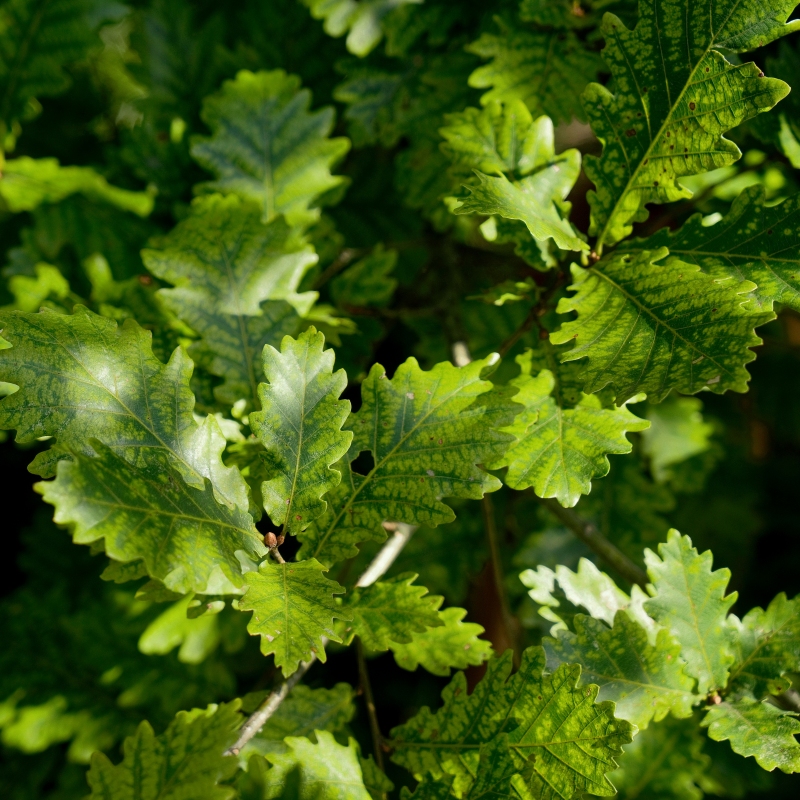
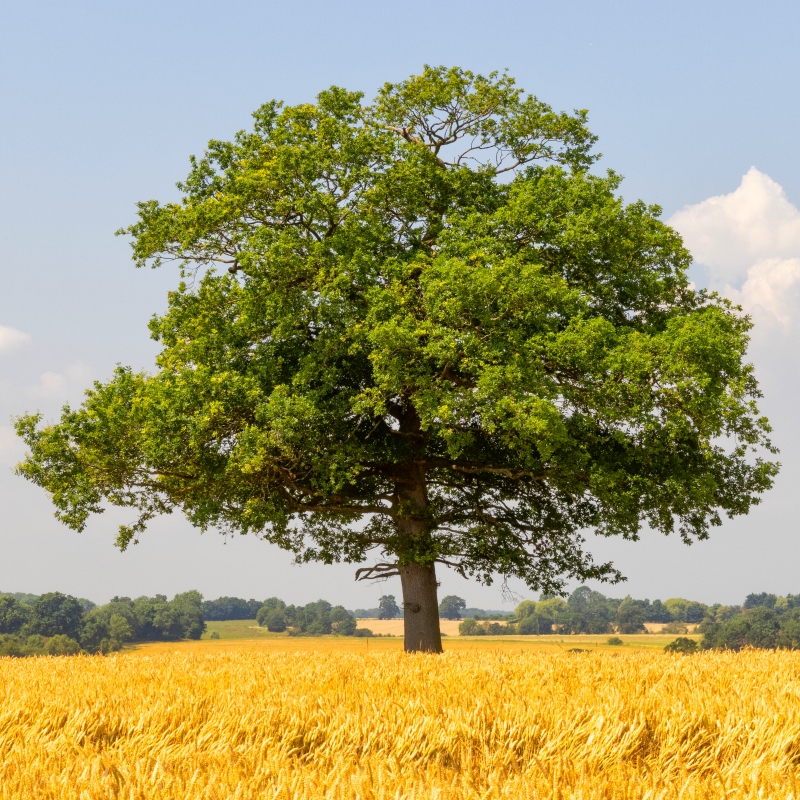
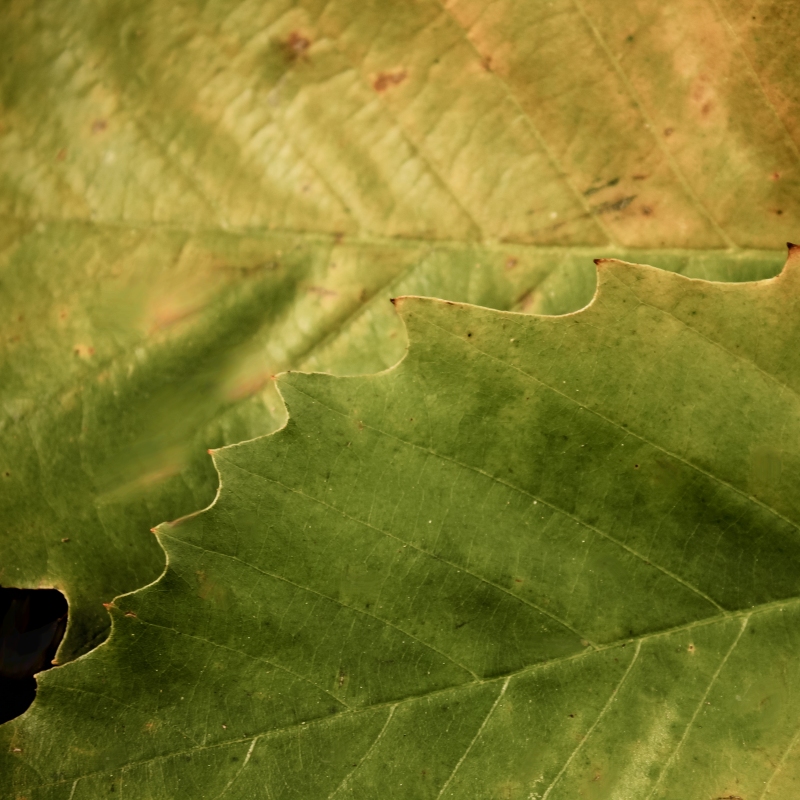
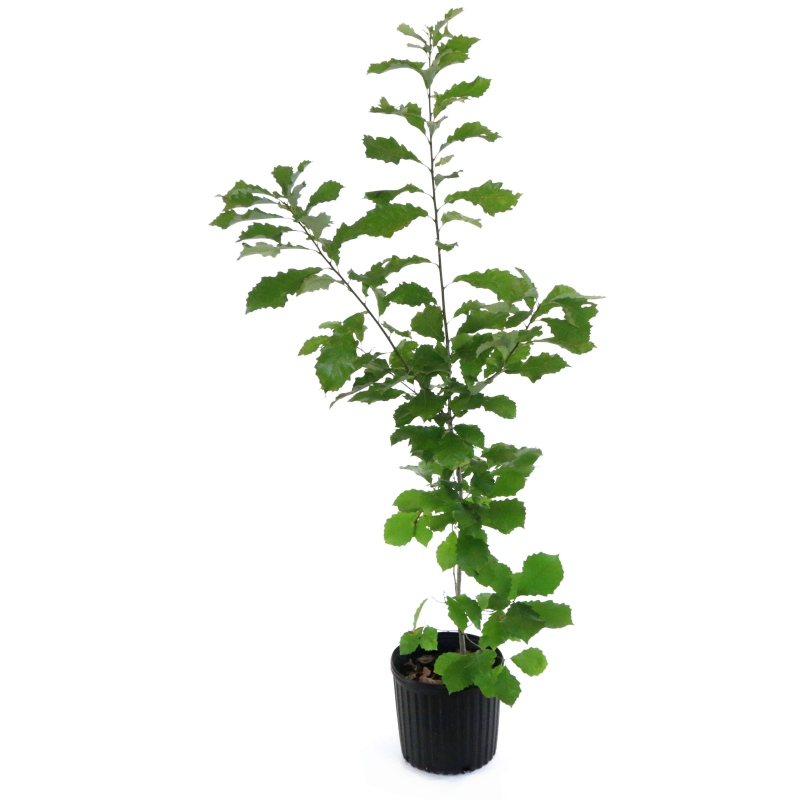
Chinkapin Oak Tree
Quercus muehlengergii Chinkapin Oak
81 reviews
Chinkapin Oak Tree
Quercus muehlengergii Chinkapin Oak
81 reviews
- Drought tolerant and low maintenance
- Attractive bark and foliage
- Provides food and shelter for wildlife
- Recommended by landscape designers for optimal fit in real yards
$104.00
$149.00
30% Off
- Ships to in 3-5 Days
- Free Shipping Over $150
- Plant Arrival Guarantee
- In Stock
- Free Plant Consult
$200 - Landscape-Approved: Every Plant We Sell Comes With Design Expertise Behind It
Trade 3 Gallon
We are sorry, product is currently out of stock due to seasonal availability. Please check the "Related plants available in your area" section below
Not just beautiful - intentionally selected by ShrubHub's 3D landscape design team to fit real-world spaces and maximize yard potential.
Why Chinkapin Oak Tree?
The Chinkapin Oak tree, also known as Quercus muehlenbergii, is a medium-sized deciduous tree native to North America. It is prized for its unique, glossy, toothed leaves and attractive bark. The tree produces small acorns that are a valuable food source for wildlife. Chinkapin Oaks thrive in a variety of soil types and are tolerant of urban conditions, making them a popular choice for landscaping.
Sunlight
The Chinkapin Oak tree prefers full sun to partial shade, receiving at least 6 hours of direct sunlight per day. It is tolerant of various soil types and can adapt to a range of conditions, but it thrives best in sunny locations.
Watering
Chinkapin Oak trees have a moderate watering requirement, needing consistent moisture to establish a strong root system during the first few years of growth. Once established, they are drought-tolerant and only need occasional watering during prolonged dry
Fertilizing
Chinkapin Oak trees prefer acidic, well-draining soil and typically do not require additional fertilization if planted in a suitable location. However, if soil test results indicate a nutrient deficiency, a slow-release, balanced fertilizer can be applied
Chinkapin Oak Tree (Quercus muehlenbergii Chinkapin Oak)
The Chinkapin Oak Tree, scientifically known as Quercus muehlenbergii, is a medium to large deciduous tree native to North America. It is commonly found in the central and eastern United States, where it thrives in a variety of soil types and climates.
The Chinkapin Oak is known for its attractive appearance, with a broad, rounded crown and distinctive gray bark that becomes scaly with age. Its leaves are dark green and toothed, turning a golden yellow or brown in the fall before dropping for winter.
This tree produces small acorns that are a valuable food source for wildlife, including deer, squirrels, and birds. The Chinkapin Oak is also a popular choice for landscaping due to its adaptability and low maintenance requirements.
Overall, the Chinkapin Oak Tree is a beautiful and versatile addition to any landscape, providing shade, wildlife habitat, and visual interest throughout the year.
Plant Information:
| Botanical Name: | Quercus muehlengergii Chinkapin Oak |
| USDA Zones: | 4 - 7 |
| Mature Height: | 70 FT |





Pollination Info
Chinkapin Oak Tree Pollination Info
The Chinkapin Oak tree (Quercus muehlenbergii), also known as yellow chestnut oak, is a deciduous tree native to North America. It produces both male and female flowers on the same tree, making it a monoecious plant.
Pollination Process:
The Chinkapin Oak tree is primarily wind-pollinated. The male flowers, or catkins, release pollen into the air, which is then carried by the wind to the female flowers for fertilization. The female flowers contain ovules within ovary structures that, once fertilized, develop into acorn nuts.
Timing:
The Chinkapin Oak tree typically blooms in late spring to early summer, allowing for optimal pollination conditions. The timing of pollination coincides with the growth of new leaves and the development of acorns later in the season.
Importance of Pollination:
Effective pollination is crucial for the production of acorns in Chinkapin Oak trees. Acorns serve as an important food source for wildlife, including deer, squirrels, and birds. Proper pollination ensures a healthy ecosystem and contributes to the overall biodiversity of the forest.
FAQ
Chinkapin Oak Tree FAQ
What is a Chinkapin Oak tree?
The Chinkapin Oak (Quercus muehlenbergii) is a medium to large deciduous tree native to North America. It is also known as the Chestnut Oak or Yellow Chestnut Oak.
How tall does a Chinkapin Oak tree grow?
Chinkapin Oak trees typically grow to be between 40-60 feet tall, but can sometimes reach heights of up to 80 feet.
What are the characteristics of a Chinkapin Oak tree?
Chinkapin Oak trees have relatively small, deeply-lobed leaves with a shiny green color. They produce acorns that are about 1 inch long and ripen in the fall.
Where should I plant a Chinkapin Oak tree?
Chinkapin Oak trees prefer full sun and well-drained soil. They are tolerant of a variety of soil types, including sandy or clay soil. Plant them in an area with plenty of room to spread out, as they can have a wide canopy.
How do I care for a Chinkapin Oak tree?
Water newly planted Chinkapin Oak trees regularly until they are established. After that, they are relatively drought-tolerant. Prune as needed to remove dead or diseased branches. Fertilize in the spring if needed.
When do Chinkapin Oak trees bloom?
Chinkapin Oak trees bloom in late spring to early summer, producing small greenish flowers that are not particularly showy. The trees then produce acorns that ripen in the fall.
Are Chinkapin Oak trees susceptible to any diseases or pests?
Chinkapin Oak trees are relatively resistant to pests and diseases, but they can sometimes be affected by oak wilt, powdery mildew, or anthracnose. Regular monitoring and proper care can help prevent these issues.
Can I plant a Chinkapin Oak tree in my yard?
Chinkapin Oak trees can make a beautiful addition to a large yard or landscape. Just make sure you have enough space for the tree to grow and spread out. Check with your local nursery or extension office for guidance on planting native trees in your area.
Planting & Care
Planting & Care for Chinkapin Oak Tree
Planting
1. Choose a location with full sun and well-draining soil for planting the Chinkapin Oak tree.
2. Dig a hole twice as wide and just as deep as the tree's root ball.
3. Place the tree in the hole, making sure the top of the root ball is level with the surrounding ground.
4. Backfill the hole with soil, and water thoroughly to help settle the soil.
5. Mulch around the base of the tree to help retain moisture and suppress weed growth.
Care
1. Water the Chinkapin Oak tree regularly, especially during its first few years of growth.
2. Fertilize the tree in the spring with a balanced fertilizer to promote healthy growth.
3. Prune any dead or damaged branches to maintain the tree's shape and health.
4. Monitor the tree for pests and diseases, and take appropriate action if needed.
5. Consider providing support for young trees with stakes to help them establish strong roots.
Check Out These Verified Customer Reviews:
Customer Reviews
4.7 out of 5 based on 81 reviews
Thank you! Your review has been submitted.
The Quercus Oak 'Chinkapin' T3G plant arrived in great condition and looks beautiful in my garden. The website was easy to navigate and the shipment was prompt. Excellent customer service!
The Quercus Oak 'Chinkapin' T3G plant exceeded my expectations with its lush appearance and healthy condition. The online ordering process was smooth and the shipment arrived on time. Overall, a great experience.
I recently purchased a Chinkapin Oak tree and was impressed by its appearance and quality. The website was easy to navigate, and the shipment arrived promptly. Overall, a great experience.
Item has been added to your cart.


